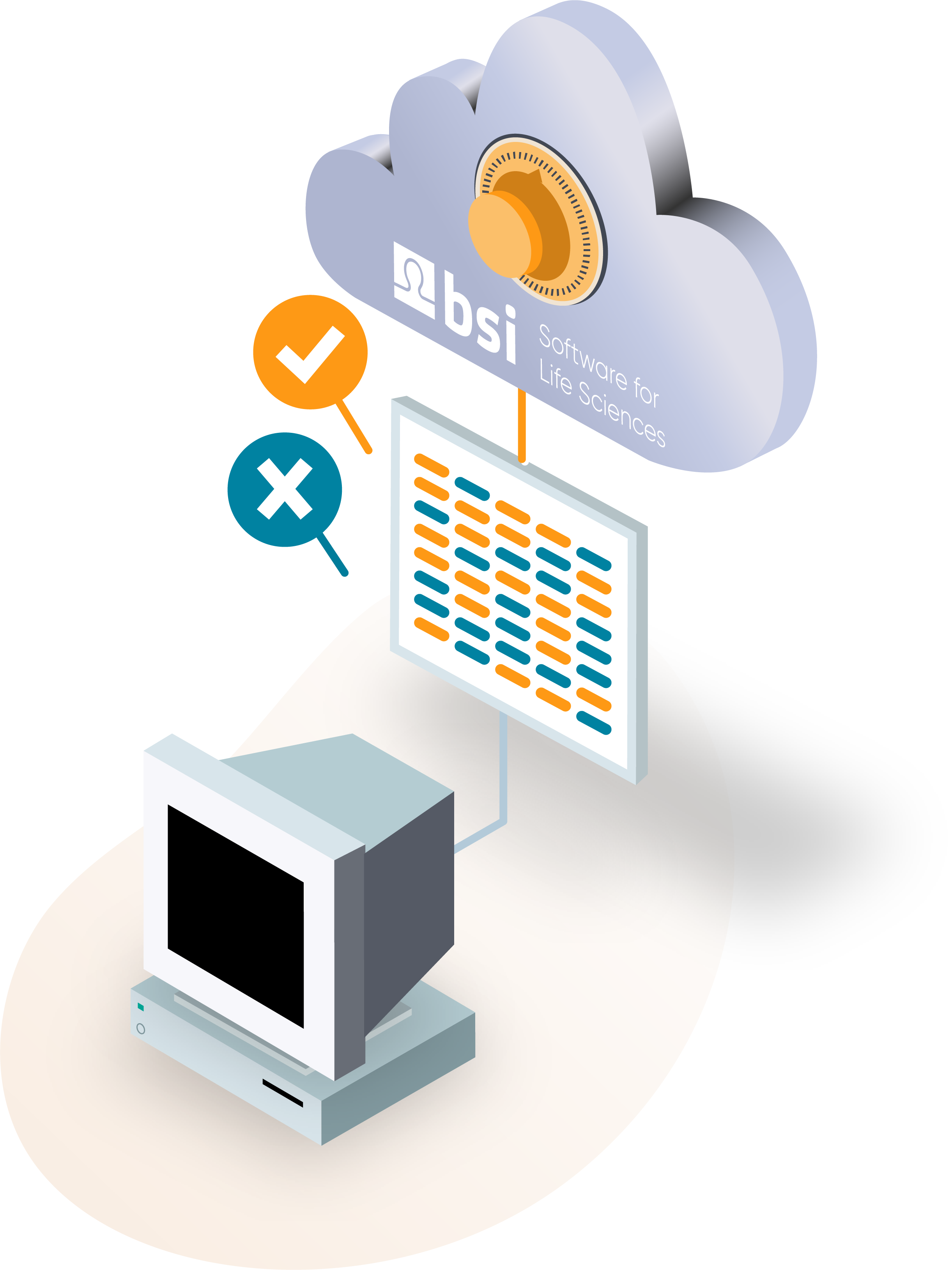5 Steps for a Successful CTMS Migration

1. Assess your current system.
As a first step, evaluate your current CTMS’ functionality, performance, and limitations. From there, gather feedback from your staff to better understand their pain points about the old system and needs for a new system.
2. Define your goals for migrating to a new system.
Next, talk with your staff and any other key stakeholders about your goals for migrating to a new system. Involving them in the planning process can lead to a smoother transition. Conduct risk assessments and determine what strategies you will implement, such as a phased migration, sandbox testing, and communication plans.
3. Research CTMS providers and speak to their clients.
It’s essential to thoroughly research any CTMS provider you are considering to assess their track record of delivering on promises. Speak to their existing clients to understand their experience with the company, and evaluate factors like system update frequency, customer support quality, and their platform’s compatibility with your existing systems.
4. Test any new system you’re considering before signing a contract.
Before finalizing a contract with a new CTMS provider, be sure to test out the product. For instance, BSI Life Sciences conducts sandbox testing with potential clients so they can explore different use cases and functionalities. Testing out the product first allows you to identify and address any potential system issues before fully committing to it.
5. Offer support and training to your staff.
Once you’ve chosen your new CTMS, prioritize training your staff to help them become familiar with the system’s features. It’s also important to acknowledge that some people may be apprehensive about switching to a new system. Listen to their concerns and emphasize the benefits the new CTMS will bring to their workflow.
By following these key steps, you’ll be better equipped to navigate the complexities of CTMS migration and ensure a seamless transition for your team. If you need support, BSI Life Sciences can walk you through the benefits of a modern system like theirs and guide you through the implementation process. To learn more, request more information or schedule a demo.
